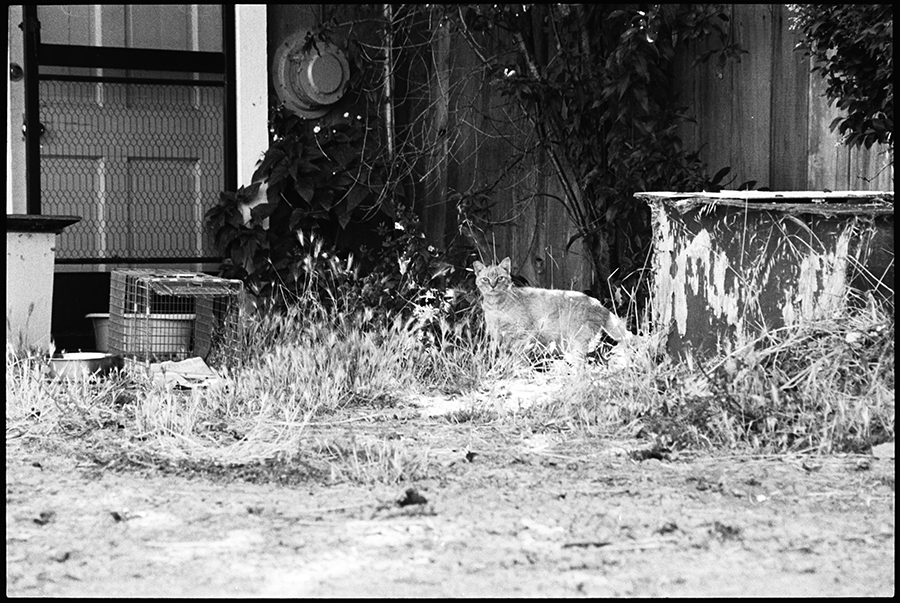On Monday evening, around 5:30 p.m., Kathy Runnion placed two metal cage traps near a cottage at the Martinelli Ranch, with bowls . . .
Cats trapped at Martinelli Ranch


On Monday evening, around 5:30 p.m., Kathy Runnion placed two metal cage traps near a cottage at the Martinelli Ranch, with bowls . . .